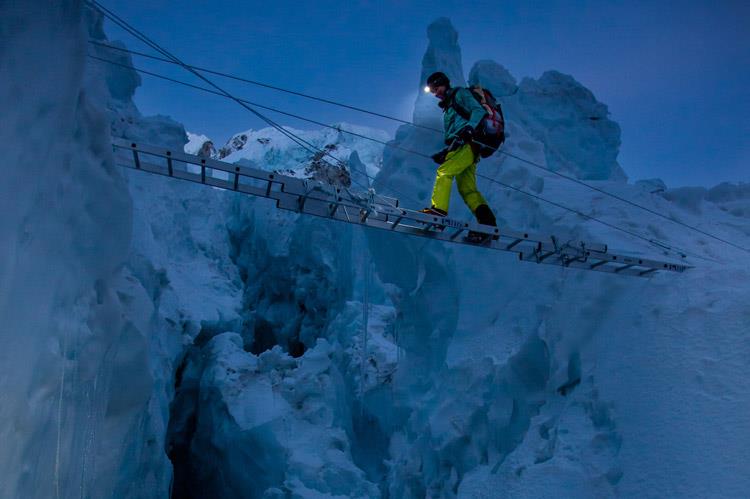
Originally known as “high altitude pneumonia”, high-altitude pulmonary edema is a threatening form of non-cardiogenic pulmonary edema. In other words, fluid accumulation in the lungs. HAPE symptoms typically overlap with other diagnoses, one of which being pneumonia. Before HAPE was identified and understood, it was commonly confused with pneumonia, hence the original name, “high altitude pneumonia”.

HAPE typically develops in the first 2-4 days of hiking at altitudes greater than 2,500 feet and can target even the healthiest of athletes. Immediate symptoms include shortness of breath, fatigue, weakness, and decreased exercise tolerance. At first, HAPE could be mistaken as a person’s inability to adjust to altitude. However, when a persistent, dry cough and discoloration in the lips develops, the person quickly realizes their symptoms are more serious. Within the late symptoms of HAPE, patients can develop bloody mucus. In addition to the horrifying symptoms, HAPE can also cause development of concomitant neurological manifestations that can include poor coordination, altered consciousness or cerebral edema.

To ensure the prevention and ease of mind for high-altitude hikers, The Wilderness Medical Society recommends that climbers that plan to exceed 3,000 feet in elevation should take certain precautions. These safety measures include not increasing elevation by more than 500 meters a day and including a rest day with no additional elevation every 3 days.
The treatment of HAPE includes descent to altitudes as low as 500 meters, warming techniques, rest, and supplemental oxygen. In the case that descent is not possible, patients are put into a portable hyperbaric chamber which is used to simulate descent and provides much needed oxygen. These tactics are used to improve symptoms.
HAPE should be taken seriously by anyone intending to hike above 2,500 feet to prevent immediate and long-term health concerns.

Wow, this is very good! Almost worthy of a raise. Just a thought!